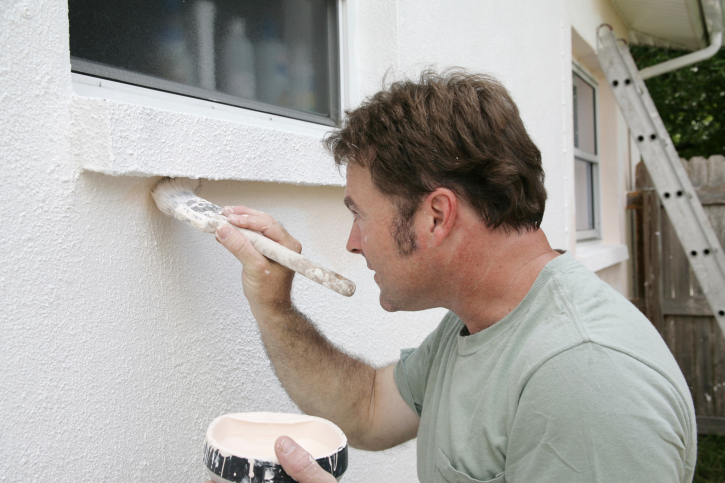Case-Shiller: Rising Home Prices Boost Inflation

December home prices rose by 0.10 percent according to the Case-Shiller 20-City Home Price Index. The composite report tracks home prices in 20 U.S. cities. December’s results boosted home prices by 4.50 percent year-over-year, which is approximately double the inflation rate for 2014. Analysts note that the overall reading was less significant than individual readings for the 20 cities included in the report.
Regional Home Prices Suggest Disparity in Housing Recovery
The top three month-to-month home price increases for cities surveyed were led by Miami, Florida with an increase of 0.70 percent, Home prices rose by 0.50 percent in Denver, Colorado, and by 0.50 percent in San Francisco, California.
Chicago, Illinois posted a month-to-month loss of -0.90 percent; Cleveland, Ohio followed with a loss of -0.50 percent, and Las Vegas, Nevada and Minneapolis, Minnesota were tied with monthly losses of -0.30 percent for home prices.
Winter weather conditions and the holidays can dampen demand for homes; it’s worthwhile to note that three of the cities posting the largest month-to-month losses are located in cold winter climates.
Month-to-month readings for home prices are typically more volatile; the corresponding year-over-year readings provide a more accurate reading of real estate trends in specific cities. Nine cities posted month-to-month gains for home prices, while six cities posted lower home prices from November to December.
San Francisco Leads Year-over-Year Home Price Growth
San Francisco, California led year-over-year home price growth with a reading of 9.30 percent. Home prices grew by 8.40 percent in Miami, Florida. Denver, Colorado home prices grew by 8.10 percent year-over-year in December.
The three cities showing the least amount of home price growth year-over-year were Chicago, Illinois with a reading of 1.30 percent, Cleveland, Ohio and Washington, D.C. were tied with year-over-year readings of 1.30 percent growth in home prices year-over-year.
Home prices are growing more slowly in the North and Midwest regions, while home prices continue to grow fastest in the Southeast and Western regions.
Home prices in the cities surveyed have increased by 29 percent since the March 2012 low, but remain 16 percent below their July 2006 peak. The Case-Shiller Home Price Index measures home prices using a three-month rolling average, while other home price reports base their readings on monthly sales. Case-Shiller’s year-over-year reading of 4.50 percent for December of 2015 closely approached CoreLogic’s reading of 5.00 percent home price growth year-over-year.
While increasing home prices are good news for homeowners, higher home prices represent an obstacle for moderate income and first time home buyers, who are also impacted by strict mortgage credit standards. As the peak home buying season approaches, increased demand for homes could drive home prices higher.

 To get top dollar for your home, renovations may be necessary. However, some renovations can prove costly and they don’t always add value to your home. Here are three inexpensive renovations that are sure to improve the resale value of your home.
To get top dollar for your home, renovations may be necessary. However, some renovations can prove costly and they don’t always add value to your home. Here are three inexpensive renovations that are sure to improve the resale value of your home.